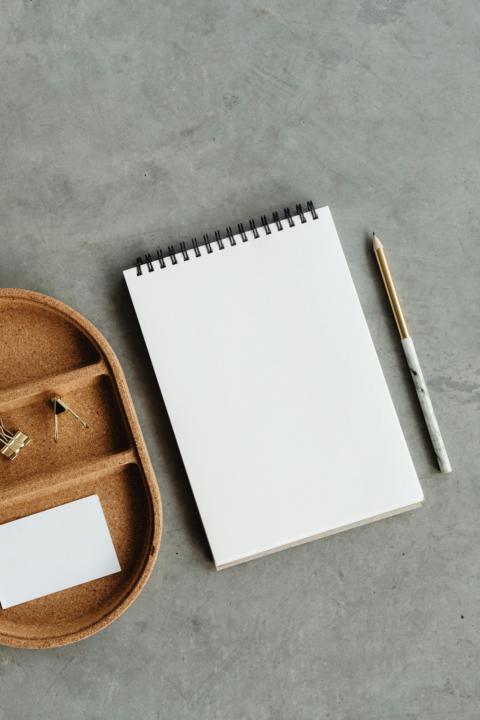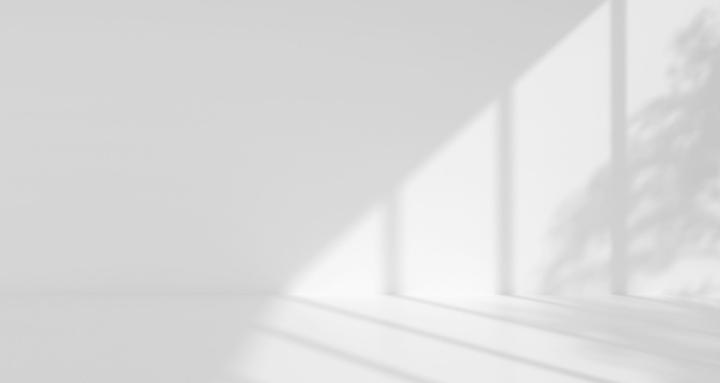
Write something
Don't follow color trends - start feeling them.
We often choose colors because they look good. But how often do we stop and ask — how do they make me feel? Color isn’t just decoration. It’s energy, vibration, and emotion. Your body doesn’t only see color — it reacts to it. Some tones calm the nervous system, others stimulate creativity, focus, or even physical energy.That’s why choosing colors based only on trends can lead to spaces that look beautiful — but don’t necessarily feel right. In this video, I explore how color psychology shapes the way we live and feel in our interiors — and how to find the tones that truly support you. 💫 Watch the full video here 👇 (You can also find it in the Classroom section.) What color makes you feel most aligned in your space? Let’s talk about it ! :) Tamara
1
0
A little space journal
Imagine picking up a notebook and pen – but this time, not to write about yourself only, but about your home. Or maybe about both – since the two are deeply connected... How do you really feel in your space? Not just overall, but in each room, one by one. - Do you notice recurring headaches, fatigue, lack of focus, or stress when you’re in a certain area of your home? - Or perhaps there’s a room where you always feel drained, while another lifts you up and makes you calm? Your home mirrors your inner world – and vice versa. What your space gives back often reflects on your body and emotions. So I invite you to pause and honestly write down: - How do you feel right now in every room? - How would you like to feel in an ideal scenario – without any limitations? Maybe you’d like your living room to shift from nervousness to a feeling of safety and belonging. Or your bedroom to move from restlessness to deep rest and renewal. This is not about trends or aesthetics. It’s about an inner dialogue. A first step toward creating a space that doesn’t just look good – but truly supports, heals, and empowers you. 💭 So – if you could create a limitless feeling in your home, what would it be?
2
0

Is color in interior design just an aesthetic choice – or a therapeutic tool?
Color psychology isn’t some “new age trend” – its roots can be traced back to ancient times. And in the mid-20th century, thanks to Swiss psychologist Dr. Max Lüscher, color gained solid scientific grounding. His famous Lüscher Colour Test (1948) showed that by choosing (and rejecting) certain colours, we can gain a very precise insight into a person’s inner state. Since then, color has been used not only in art and marketing, but also as a therapeutic tool. In interiors, it has the power to: ✨ relax and reduce stress ✨ uplift and energise ✨ increase focus ✨ stimulate creativity Our preferences for certain colors are never random – what we’re drawn to, as well as what we reject, reveals a lot about our inner world. 💡 That’s why color in a space is never “just decoration.” It can be a tool that helps us restore balance and even kickstart processes of inner transformation. 👉 If you’d like to explore what colours say about you – try the Lüscher Colour Test (it’s free online) and share in the comments: - which colors you felt most drawn to, - which ones you rejected, - and whether you agree with the interpretation. I’d love to hear your experiences. :)
2
0
We usually believe we’re the ones shaping our homes and workplaces.
But often…it’s actually the other way around. Your surroundings are quietly steering how you feel – in your body, your emotions, and your mind.Most of the time, we’re not even aware it’s happening. I’ve put together a short video series diving into this hidden influence of design. In the first one, I talk about: ✨ The way our body reacts to a space ✨ How mood shifts with light, colour, or clutter ✨ Why noise, order, or calm affect our focus ✨ And how unseen chemicals in materials can impact health I’ve dropped the full video in the Classroom — curious what you think once you’ve watched it!
3
0

Holistic Design vs. Traditional Approach
Holistic interior design goes beyond aesthetics and functionality. While the traditional approach focuses on aesthetics and functionality, holistic design starts with the human being – their habits, emotions, and needs. This means that a space is not only beautiful and functional, but also healthy, supportive, and aligned with nature. It becomes a true partner to our everyday life, feelings, and energy. In short – holistic design adds that “invisible” layer: how we feel and experience a space. 👉 How do you define holistic design, and where do you see its biggest difference compared to the traditional approach?
3
0
1-6 of 6
Suggested communities
Powered by

